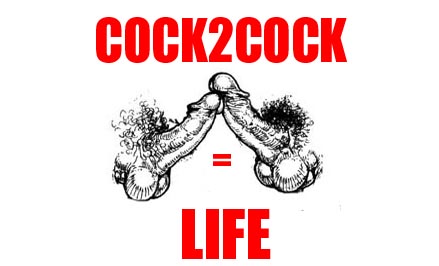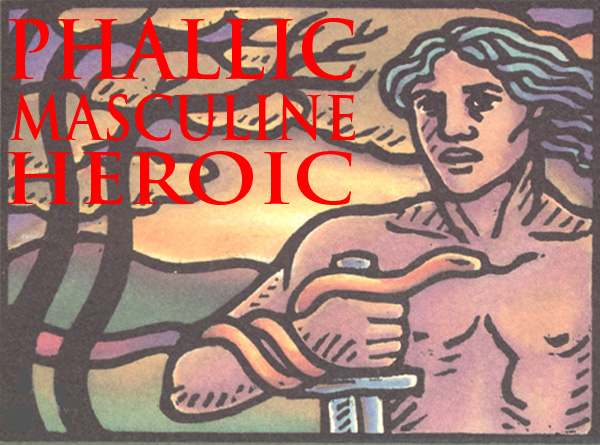




57% of HIV neg gay men have anal HPV






57% of HIV neg gay men have anal HPV

57% of HIV neg gay men have anal HPV
11-30-2004
Aidsmap
Over 50% of HIV-negative urban US gay men have anal HPV infection
Michael Carter, Wednesday, November 24, 2004
Urban HIV-negative gay men in the USA have a high prevalence of anal
infection with human papilloma virus (HPV), according to a study to be
published in the December 15th edition of the Journal Infectious
Diseases. Certain HPV genotypes can cause precancerous lesions and anal cancer in men. The investigators found that, unlike women, the prevalence of HPV was not age related, possibly due to the larger number of sexual partners gay men have compared to women.
No studies have examined the age-specific prevalence of HPV infection in HIV-negative gay men. Younger sexually active women have the highest prevalence of HPV infection, with the proportion of women with cervical HPV infection falling dramatically after 30. These women with persistent HPV infection have the highest risk of cervical cancer.
Investigators from the EXPLORE study, a clinical trial into the
efficacy of HIV prevention interventions involving urban gay men in four large US cities, wished to establish a better understanding of the prevalence and natural history of HPV infection amongst HIV-negative men.
Between January 2001 and October 2002 a total of 1218 gay men aged 16 years or more who had had anal intercourse with another man at least once were recruited to the study. Individuals provided demographic information and details of their sexual activity using a
computer-assisted self-completed questionnaire. The men also provided a swab from the anal canal which was tested for HPV and HPV genotype.
The median age of the men was 37 years, 78% were white, 72% had a
college degree of higher, and 67% had an income of at least $30,000 a year. The median age of first receptive anal intercourse was 20 years. Individuals reported a median of eight sexual partners in the previous six months, and 77% reported having receptive anal sex during the previous six months.
Overall, 57% of individuals were infected with HPV. The most common HPV genotype was HPV-16, which 12% of individuals were infected with.
HPV-16 is a high risk genotype for the development of precancerous lesions and anal cancer, and in total 26% of individuals were infected with a high-risk HPV genotype.
In total 45% of individuals with HPV had been infected with more than one HPV genotype.
Unlike women, the investigators found that the prevalence of HPV was
similar across all age groups of gay men.
In multivariate analysis the investigators found that the only
factor with a statistically significant association with HPV infection
was receptive sexual intercourse in the previous six months (p < 0.
0001). The number of male sexual partners in the previous six months was of border-line significance (p = 0.06).
"The striking finding of the present study is that urban HIV-negative [gay men] have high rates of anal HPV infection across all age groups", write the investigators, adding, "therefore, a high proportion of HIV-negative [gay men] may be at risk of developing anal cancer."
The investigators offer possible reasons for the higher prevalence of HPV infection in older gay men than that seen in women over 30. These include the longer persistence of HPV in the anus. However, they believe that the most probable explanation is new exposure to HPV "because the main risk factor for anal HPV infection was the number of male sexual partners in the preceding six months."
"Anal HPV infection in HIV-negative [gay men] has a unique
epidemiological profile that must be carefully explored in future studies, particularly in light of new HPV therapeutic and prophylactic vaccines", conclude the investigators.
Reference
Chin-Hong PV et al. Age-specific prevalence of anal human
papillomavirus infection in HIV-negative sexually active men who have sex with men: the EXPLORE study. J Infect Dis 190 (on-line edition), 2004
Bill Weintraub:
Note that these are anally-receptive men, that "the only factor with a statistically significant association with HPV infection was receptive sexual intercourse [sic] in the previous six months," that the median age of first anal receptive "sex" was 20, that these guys had on average, more than one sexual partner per month, and that HPV persists longer in the anus than in the vagina.
Several points:
1.There is no question that anal penetration is significantly more
dangerous than vaginal sex -- which I discuss and document in Why Be Faithful and an anus is not a vagina.
2. These guys are negative which means, presumably, that some are using condoms at least some of the time.
Condoms do not protect against HPV.
Plus, HPV's infectivity is significantly higher than HIV's.
Translation: it's a lot easier to get HPV than HIV.
But that's true of most STIs.
HIV is a difficult pathogen to acquire.
You have to work at it.
Which is what the analists have done for the last 30 years.
3. The researchers apparently did not look at digital anal penetration (finger fucking) -- but that's another HPV vector -- and that's why ANY sort of ass play is a bad idea.
4. It is highly probable that there are other pathogens which are
infecting men via anal penetration which, like HIV, are stealth pathogens -- they will take years to manifest.
But when they do, the effect will be devastating.
5. Tomorrow is World AIDS Day.




Related posts:
The NY Times discovers anal cancer
HIV, HPV, anal cancer, and HAART
HPV and Anal: Then and Now; or, Ahead of Our Time


Add a reply to this discussion
Back to Personal Stories




AND


Warriors Speak is presented by The Man2Man Alliance, an organization of men into Frot
To learn more about Frot, ck out What's Hot About Frot
Or visit our FAQs page.


© All material on this site Copyright 2001 - 2010 by Bill Weintraub. All rights reserved.


